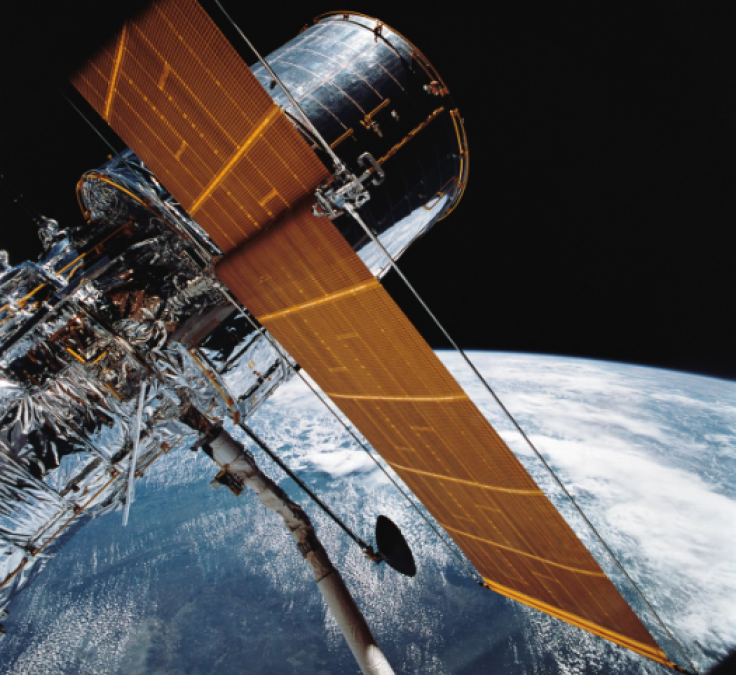
This specific Space Shuttle Discovery was launched into orbit about 30 years ago today with NASA's Hubble Space Telescope in its payload bay. Although the astronomers didn't find any serious problems with the Hubble Space Telescope, they were then alerted only a few weeks after Discovery landed. The crew aboard came back within minutes of embarking on a precise emergency spacewalk and even had particular contingency plans to bring back the Hubble to Earth if required.
The original plan was to orbit at 612km above the particular planet's surface which would require a vehicle to fly even higher than any of the shuttle missions to date. The telescope deployment actually came just a day after the shuttle touched orbit and even involved a few complicated events.
The Hubble Space Telescope problem
The first problem was the disconnection of the telescope from the shuttle's power supply which was then fixed with the use of a robotic arm fixing the shuttle's payload pay resulting to it opening its solar arrays, and resulting to the release of the telescope.
The problem then started to spread as the commands were given for the telescope to start unfurling its two solar arrays, one of them did not actually open properly! The minutes progressed into hours as engineers tried to fix the problem. Bill Reeves, the mission's flight director, even had a contingency plan for this, which entailed sending both astronauts Kathryn Sullivan and Bruce McCandless out of the shuttle in order to manually deploy the solar arrays.
A few hours into the problem, Reeves then directed both Sullivan and McCandless to suit up and start entering the airlock. They then started depressurizing from 14.7psi all the way down to 5psi and proceeded checking for leaks.
Reeves was still contemplating as to whether or not to give the orders and the engineers said they actually thought that the problem had been identified with the user of a software that monitored the tensions in the solar array. They proposed a small change to fix the problem and although it worked, the second solar array still unfurled beside its champion.
Due to the robotic arm stowed with the telescope still deployed, McCandless and Sullivan were left in airlock, without a simple window to watch the Hubble telescope float away.
Read Also: Iran Launches First Military Satellite into Space: Could this Point to Missile Development?
The anxiety revolving the situation
The astronauts then eagerly waited for the first image from the telescope, a picture of a distant star that was named HD96755 that was finally captured on May 20, 1990. NASA then activated its popular Apollo 13 muscle memory and across three years which included planning a particular servicing mission in order to fix the mirror and bring a better set of solar panels.
Back in December 1993, the Space Shuttle Endeavour then flew a whole 11-day servicing mission that even included five spacewalks. Over the coming 27 years from its launch, NASA deployed four additional servicing missions and upgrading instruments beyond original plans.









